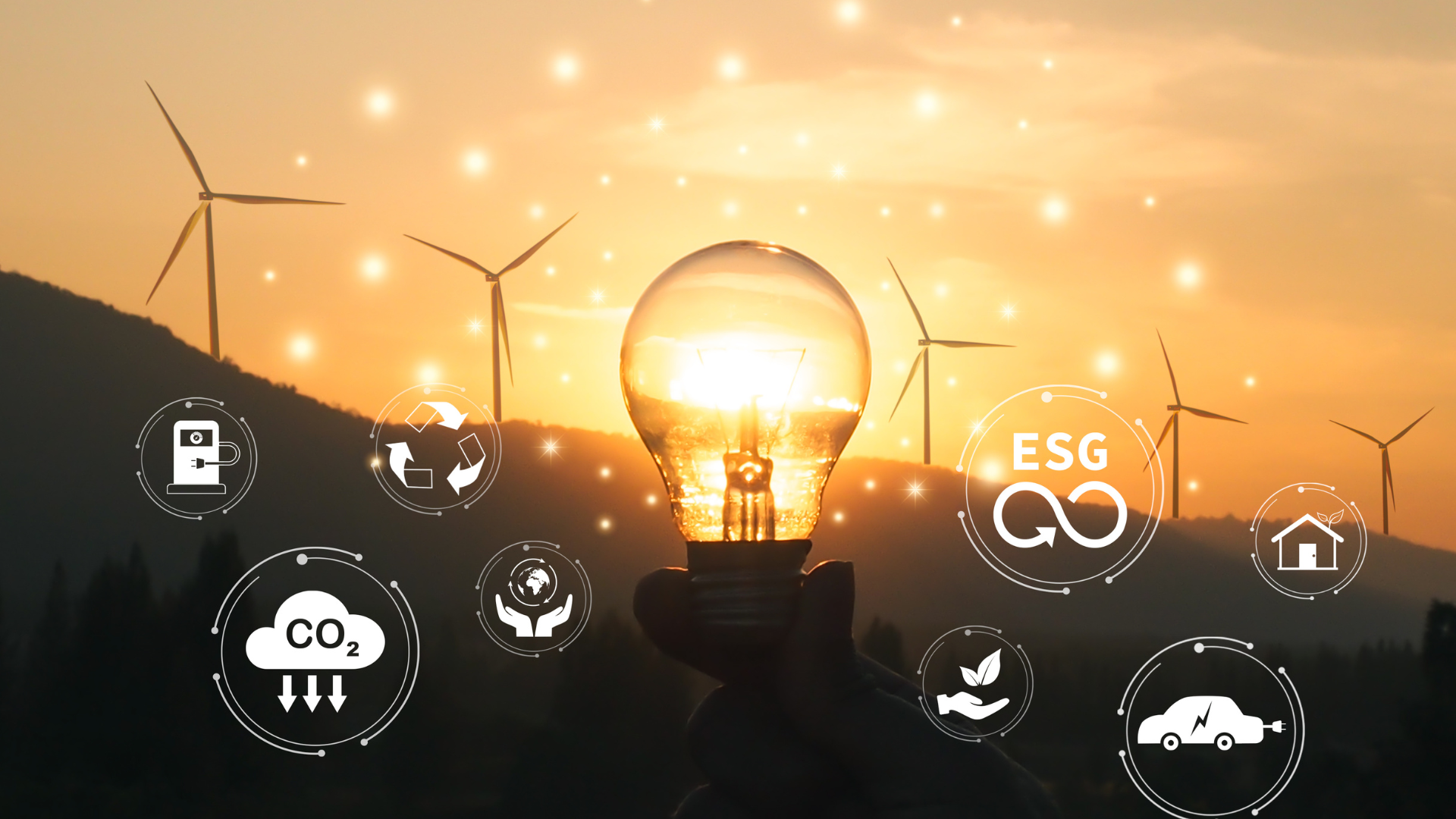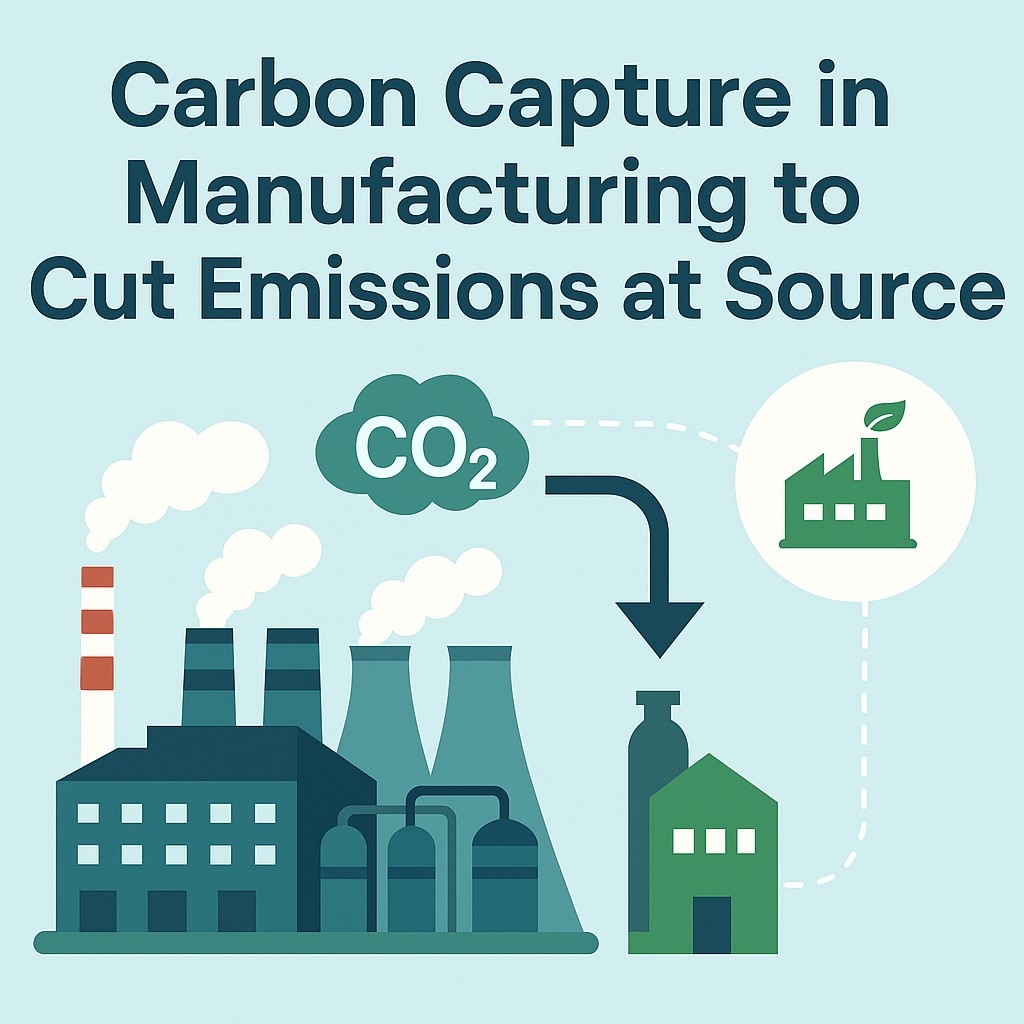As industries worldwide race to meet ambitious climate goals, the circular economy in decarbonisation has emerged as a powerful strategy. Rather than following the traditional linear “take, make, dispose” model, the circular economy focuses on designing processes and products that maximize resource efficiency, minimize waste, and reduce greenhouse gas emissions.
For the energy, chemical, and manufacturing sectors, this shift is not just about environmental responsibility. It’s also about unlocking new opportunities in efficiency, cost savings, and long-term competitiveness. Ingenero, with its engineering expertise and digital transformation capabilities, is at the forefront of helping industries bring the low carbon circular economy to life.
The Link Between Circular Economy and Decarbonization
The concept of circular economy in industry is deeply connected to decarbonization. When resources are reused, recycled, or repurposed, the demand for virgin raw materials decreases, leading to lower energy consumption and reduced emissions. Similarly, designing systems for efficiency helps eliminate unnecessary carbon-intensive activities.
For example:
- Extending equipment life through better maintenance reduces the need for carbon-heavy manufacturing of replacements.
- Optimizing energy consumption lowers reliance on fossil fuels.
- Capturing waste heat or byproducts and utilizing them elsewhere in the process reduces overall emissions.
By embedding circular economy principles, industries can reduce both Scope 1 (direct) and Scope 2 (energy-related) emissions while making meaningful progress toward their net-zero commitments.
Circular Economy Principles Driving Industrial Change
Several key circular economy principles are driving transformation in heavy industry and energy sectors:
- Design Out Waste: Plants and systems are engineered to minimize losses, optimize energy efficiency, and reduce material waste.
- Keep Materials in Use: Reuse, recycle, or repurpose industrial byproducts, turning what was once waste into valuable inputs.
- Regenerate Natural Systems: Adopt cleaner processes and renewable energy sources to lessen environmental impact.
- Optimize Asset Use: Improve reliability and extend the lifespan of existing infrastructure through predictive maintenance and digital twins.
These principles create a framework for a low-carbon circular economy, one where profitability and sustainability work hand in hand.
Circular Economy in Industry: Practical Applications
Industrial plants around the world are already applying circular approaches with measurable results. Ingenero’s work highlights several proven strategies:
- Energy Efficiency Solutions: Through systematic energy audits, companies identify conservation opportunities in boilers, furnaces, pumps, and cooling systems. By reducing energy waste, they achieve significant carbon reductions.
- Heat Integration Using Pinch Analysis: By recovering heat within processes instead of relying on external utilities, plants reduce fuel consumption and emissions.
- Water Conservation and Reuse: Treating and recycling water minimizes freshwater withdrawals while reducing the energy needed for pumping and treatment.
- Waste-to-Resource Programs: Industrial byproducts, such as off-spec chemicals or excess steam, are repurposed within or across plants to lower costs and carbon footprints.
- Digital Solutions: Tools like augmented intelligence, soft sensors, and smart dashboards track sustainability KPIs in real time, giving operators actionable insights for continuous improvement.
This combination of engineering, digital tools, and circular economy in industry strategies provides a clear pathway to decarbonization without compromising productivity.
Suggested Read: Navigating the New Energy Economy: Balancing Innovation and Safety
Circular Supply Chains for Decarbonization
One of the most impactful ways to embed circularity is by rethinking supply chains. A circular supply chain focuses on closing the loop by keeping products, materials, and resources in use as long as possible.
For process industries, this can mean:
- Partnering with suppliers who prioritize recycled or renewable inputs.
- Redesigning logistics to reduce transportation emissions.
- Using advanced decision models to optimize global supply chains for both cost and sustainability.
- Encouraging collaboration between companies to exchange byproducts as raw materials, cutting down on waste and carbon.
By adopting a circular supply chain, industries not only reduce emissions but also strengthen resilience against resource shortages and price volatility.
Suggested Read: How Carbon Capture Works: ROI, Equipment & Integration
Challenges and Enablers of the Circular Economy in Industry
While the benefits of a low carbon circular economy are clear, implementation can be complex. Some of the main challenges include:
- High Initial Investment: Transitioning from linear to circular systems often requires upfront capital.
- Technological Complexity: Advanced analytics, digital twins, and process redesign demand expertise and integration.
- Cultural Resistance: Shifting mindsets from short-term gains to long-term sustainability requires leadership commitment.
- Regulatory Uncertainty: Inconsistent policies across regions can hinder circular initiatives.
Fortunately, there are strong enablers to drive success:
- Digital Transformation: Real-time tracking, predictive modeling, and augmented intelligence make it easier to measure and manage circular initiatives.
- Global Standards and Frameworks: Regulations on emissions, waste, and water are pushing industries toward circular practices.
- Innovation in Processes: New technologies for carbon capture, solvent recovery, and process optimization are making circularity more practical.
- Collaboration Across Value Chains: Partnerships between suppliers, manufacturers, and customers accelerate the adoption of circular practices.
How Ingenero Helps Industries Achieve Circular Economy Goals
Ingenero plays a pivotal role in enabling the circular economy in decarbonisation for clients worldwide. With its integrated engineering and digital solutions, Ingenero delivers end-to-end strategies to maximize efficiency and minimize emissions.
Here’s how:
- Performance Tracking: Smart sustainability dashboards provide real-time insights into energy use, emissions, and resource efficiency.
- Decision Frameworks: Digital twins and analytics identify high-impact opportunities, model outcomes, and quantify emission reductions.
- Process Energy Studies: Ingenero optimizes unit operations such as furnaces, compressors, and gas plants to reduce fuel use and carbon footprints.
- Root Cause Analysis (RCA): Using advanced modeling techniques, Ingenero helps resolve recurring operational issues that lead to inefficiency and excess emissions.
- Supply Chain Optimization: Decision support models enable companies to restructure their global supply chains into more sustainable and circular systems.
By aligning with circular economy principles and focusing on actionable outcomes, Ingenero ensures that clients achieve measurable sustainability gains while maintaining profitability and operational reliability.
Conclusion: Circular Economy as a Pathway to Net Zero
The global energy and chemical industries stand at a critical crossroads. Achieving net-zero goals will require more than incremental changes, it calls for a fundamental rethinking of how resources are used and value is created. The circular economy in industry offers exactly this: a blueprint for reducing emissions, cutting costs, and building resilience.
From circular supply chains to energy efficiency, water reuse, and digital optimization, the low carbon circular economy is already proving its value in practice. The challenge now is scaling these solutions across entire industries.
With Ingenero’s expertise in engineering design, process optimization, and digital transformation, companies can confidently put the circular economy in decarbonisation into action. Together, these strategies pave the way toward a more sustainable, profitable, and climate-resilient industrial future.



